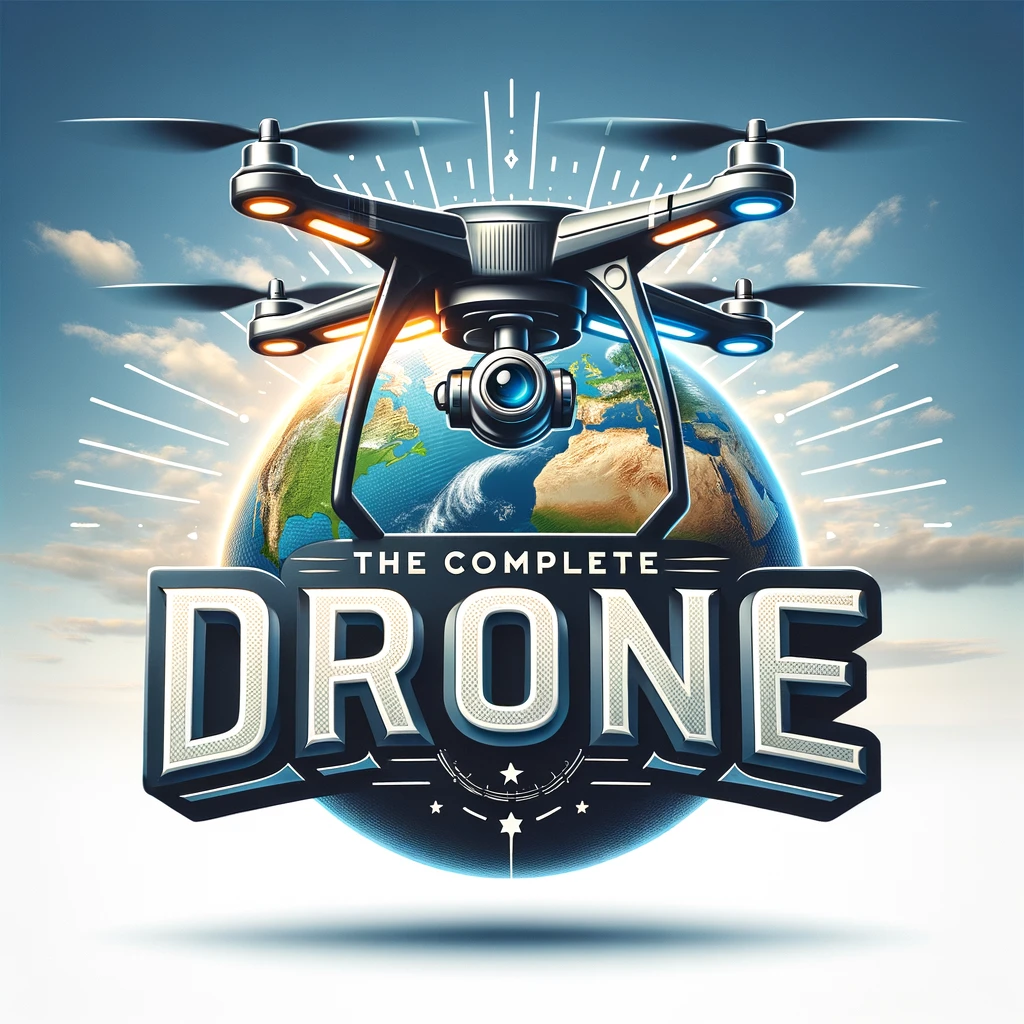Imagine being able to pilot your own flying machine from the palm of your hand. Sounds like something out of a science fiction movie, right? Well, it’s not just a fantasy anymore. In this article, we’ll explore the fascinating world of drones and discover what exactly they are. Get ready to be amazed as we delve into the realm of these innovative unmanned aerial vehicles and uncover the possibilities of controlling them through convenient and user-friendly drone mobile applications. So, sit back, relax, and prepare to be captivated by the astounding world of drones.
What Is A Drone?
Drones, also known as unmanned aerial vehicles (UAVs), are aircraft that operate without a human pilot on board. These autonomous devices are piloted remotely or sent on pre-programmed missions for various purposes. Drones have gained significant popularity in recent years and are used in a wide range of industries and applications due to their versatility and capabilities.
Definition of a Drone
A drone is an unmanned aerial vehicle that can be remotely controlled or programmed to fly autonomously. It typically consists of a small aircraft equipped with sensors, cameras, and other onboard systems to collect data or perform specific tasks. Drones come in various shapes and sizes, from small quadcopters to large fixed-wing aircraft. They can be powered by batteries, fuel, or even solar energy.
Types of Drones
There are several types of drones available, each designed for specific purposes and applications. The most common types include:
- Multirotor Drones: These drones, such as quadcopters and hexacopters, are equipped with multiple rotors to generate lift. They are known for their stability, agility, and ability to hover in place. Multirotor drones are widely used for aerial photography, surveillance, and recreational purposes.
- Fixed-Wing Drones: Unlike multirotor drones, fixed-wing drones have wings and rely on forward motion for lift. They resemble traditional airplanes and are capable of longer flight durations and covering larger areas. Fixed-wing drones are commonly used in mapping, agriculture, and cargo delivery.
- Hybrid Drones: Hybrid drones combine the features of both multirotor and fixed-wing drones. They can take off and land vertically like a multirotor, but also transition into fixed-wing flight for improved efficiency and extended flight range. Hybrid drones are used for applications that require the benefits of both types, such as aerial surveillance and long-range inspections.

This image is property of images.pexels.com.
Components of a Drone
Drones consist of several key components that enable their functionality and operation. These components include:
- Frame: The frame provides the structure and support for the drone. It is typically made of lightweight materials such as carbon fiber or plastic to reduce weight and improve maneuverability.
- Motors and Propellers: Drones utilize electric motors and propellers to generate thrust and lift. The number of motors and propellers depends on the drone’s design and configuration.
- Flight Controller: The flight controller is the brain of the drone, responsible for stabilizing and controlling its flight. It processes data from various sensors and adjusts the drone’s motors and control surfaces to maintain stability and respond to pilot commands.
- Sensors and GPS: Drones are equipped with various sensors such as gyroscopes, accelerometers, and altimeters to measure the drone’s orientation, speed, and altitude. GPS (Global Positioning System) allows drones to determine their position accurately and navigate autonomously.
- Camera and Payload: Many drones are equipped with cameras or other payloads to capture images, videos, or collect data. These payloads can include thermal imaging cameras, LiDAR scanners, or even delivery mechanisms for transporting goods.
How do Drones Work?
Drones operate through a combination of manual control and automated systems. When piloting a drone manually, the operator uses a remote controller or a mobile application to control its movements. The movements are achieved by adjusting the speed and rotation of the drone’s motors and propellers.
Autonomous flight is enabled through pre-programmed GPS waypoints or advanced flight modes that allow the drone to follow a specific path or perform predetermined tasks. The flight controller uses data from its sensors and GPS to stabilize the drone, maintain its position, and make necessary adjustments to ensure safe and accurate flight.

This image is property of images.pexels.com.
Drone Applications
Drones have numerous applications across various industries and sectors. Some of the most common applications include:
- Aerial Photography and Videography: Drones equipped with high-quality cameras are widely used for capturing stunning aerial photos and videos. They offer unique perspectives and are used in filmmaking, real estate, sports coverage, and tourism promotion.
- Surveying and Mapping: Drones provide an efficient and cost-effective solution for surveying and mapping large areas of land. They can quickly capture accurate aerial data and create detailed maps, helping in urban planning, construction, and land management.
- Agriculture and Crop Monitoring: Drones equipped with specialized sensors and cameras are used in precision agriculture to monitor crops, analyze vegetation health, and optimize irrigation and fertilization practices. They enable farmers to make data-driven decisions and maximize crop yields.
- Search and Rescue: Drones equipped with thermal imaging cameras and high-resolution cameras are invaluable tools in search and rescue operations. They can cover large areas quickly and provide real-time imagery to locate missing persons or identify hazardous areas.
- Infrastructure Inspection: Drones are used to inspect infrastructure such as bridges, power lines, and pipelines. They can access difficult-to-reach areas, reducing the need for human inspectors to work at heights or in hazardous environments. This improves safety and allows for faster and more efficient inspections.
Advantages of Drones
Drones offer numerous advantages compared to traditional aerial methods or ground-based operations. Some of the key benefits include:
- Cost and Time Efficiency: Drones can access areas that are otherwise difficult or costly to reach, reducing the need for helicopters or ground personnel. They can cover large areas quickly and collect data more efficiently, saving time and resources.
- Safety: By eliminating the need for human operators to perform risky tasks, drones improve safety in various applications. They can inspect hazardous environments, monitor dangerous situations, and even deliver medical supplies without putting human lives at risk.
- Versatility: Drones can be equipped with different sensors and payloads to perform a wide range of tasks. With advancements in technology, they can carry out tasks such as aerial mapping, crop spraying, and delivery of goods.
- Environmental Impact: Drones powered by batteries or solar energy have a minimal carbon footprint compared to traditional aircraft or ground vehicles. Using drones for tasks like crop spraying reduces the need for harmful chemicals and minimizes the impact on the environment.

This image is property of images.pexels.com.
Disadvantages of Drones
While drones offer numerous advantages, there are also some disadvantages worth considering:
- Limited Flight Time: Most drones have limited flight times due to battery capacity and payload constraints. Longer missions or applications requiring extended flight operations may require additional batteries or alternative power sources.
- Vulnerability to Weather Conditions: Adverse weather conditions such as strong winds, heavy rain, or low visibility can significantly affect a drone’s ability to fly safely and complete missions. This limitation restricts their usability in certain situations.
- Safety and Privacy Concerns: The increasing use of drones raises concerns about privacy and safety. The potential for unauthorized surveillance, collisions with other aircraft, or even misuse of drones for malicious purposes poses challenges that need to be addressed through regulations and responsible usage.
Regulations and Laws Governing Drones
As the popularity and usage of drones continue to grow, governments and regulatory bodies have implemented laws and regulations to ensure safe and responsible drone operations. These regulations may vary from country to country but commonly address aspects such as drone registration, pilot licensing, flight restrictions, and privacy concerns. It is essential for drone operators to familiarize themselves with local regulations and comply with them to avoid legal consequences and maintain public safety.
Future of Drones
The future of drones holds immense potential for further advancements and innovations. As technology continues to evolve, we can expect to see improvements in flight duration, range, payload capacity, and autonomous capabilities. This will open up new possibilities and applications across various industries, from automated delivery services to disaster response and surveillance.
Furthermore, research and development efforts are focused on enhancing drone communication and coordination systems to enable safe and efficient integration of drones into the airspace. This will allow for increased drone traffic and enable the utilization of drones for tasks traditionally performed by manned aircraft.
Conclusion
Drones have revolutionized numerous industries and opened up exciting opportunities. With their ability to fly autonomously, capture high-quality imagery, and perform a wide range of tasks, drones have become invaluable tools in sectors such as photography, agriculture, search and rescue, and infrastructure inspection.
Although there are challenges and considerations related to drone operation, such as regulations and privacy concerns, the future of drones looks promising. As technology advances and safety measures improve, drones will continue to transform the way many tasks are performed, providing more efficient, safer, and environmentally friendly solutions. So, whether you’re a hobbyist or a professional, embracing the world of drones can offer you endless possibilities.

